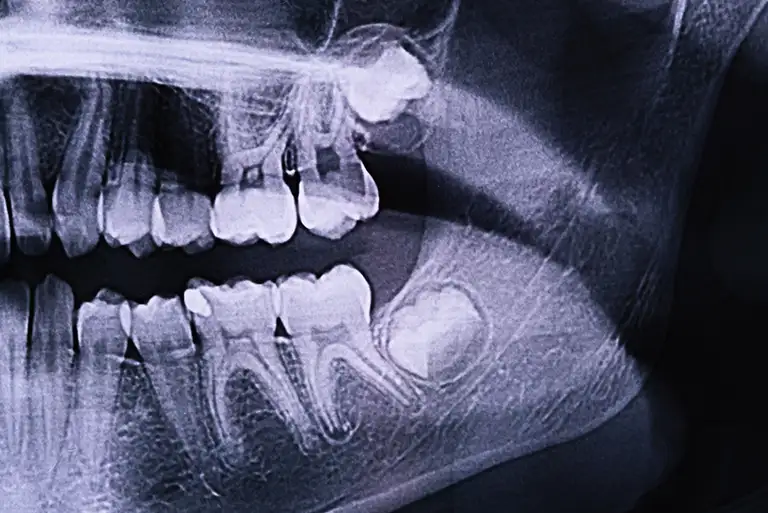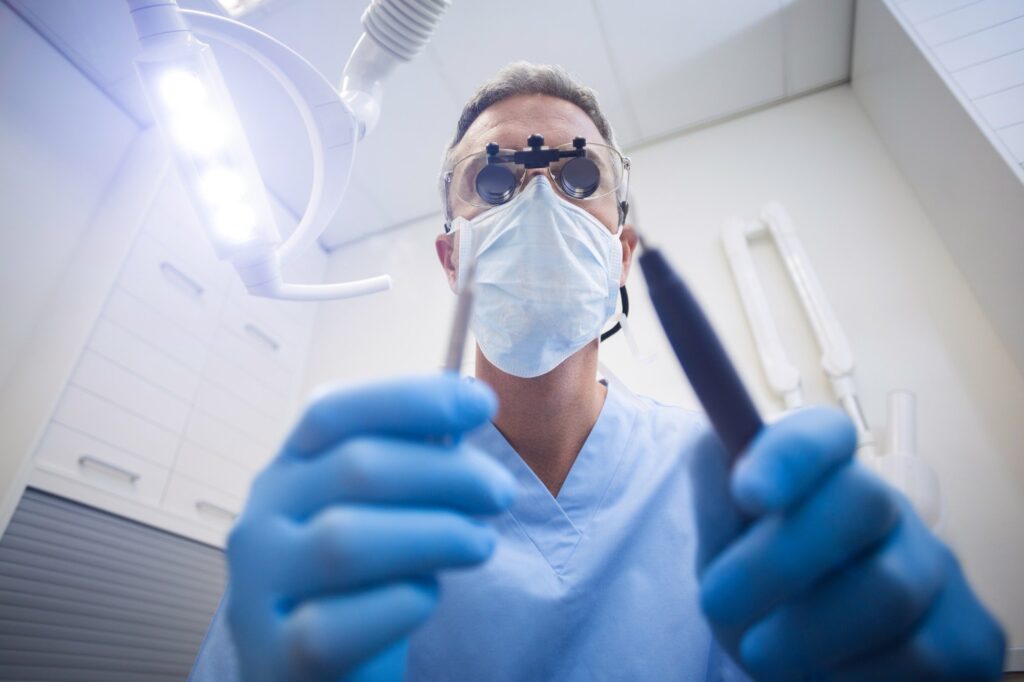Wisdom teeth, also known as third molars, are the last set of molars to develop in the back of your mouth. These teeth typically appear during late adolescence or early adulthood, but they can sometimes cause problems due to lack of space in the jaw or improper alignment. Early detection of wisdom teeth through X-rays is crucial to avoid potential complications such as impaction, infection, or damage to adjacent teeth.
In this article, we will explore when wisdom teeth usually show up on X-rays, the importance of regular dental checkups for monitoring their development, the signs that indicate wisdom teeth are coming in, and the role of X-rays in planning for their removal if necessary.
What Are Wisdom Teeth?
Wisdom teeth are the third and final set of molars that typically erupt between the ages of 17 and 25. These teeth are remnants of our evolutionary past when early humans needed extra molars to chew tough, coarse foods like roots, nuts, and raw meat. However, modern diets and smaller jaw sizes mean that most people no longer have sufficient space in their mouths for these additional teeth.
Because of this, wisdom teeth often become impacted, meaning they do not have enough room to emerge properly or they grow at an angle. Impacted wisdom teeth can cause pain, swelling, infection, and other dental issues, which is why many people opt to have them removed.
When Do Wisdom Teeth Appear on X-Rays?
Wisdom teeth usually begin to develop in the jawbone during early adolescence, around the ages of 12 to 16. However, they typically do not become visible on X-rays until they start to form roots, which usually occurs between the ages of 17 and 25. This is why dental professionals recommend regular X-rays during this time period to monitor the development of wisdom teeth and assess whether they are likely to cause problems.
On an X-ray, wisdom teeth appear as small, round structures located behind the second molars. As they grow, their roots become more defined, and their position relative to other teeth becomes clearer. X-rays can reveal whether the wisdom teeth are coming in straight, if they are impacted, or if they are positioned in a way that could potentially affect adjacent teeth.
Signs That Wisdom Teeth Are Coming In
While X-rays are the most reliable way to monitor the development of wisdom teeth, there are several signs that may indicate their impending arrival:
Jaw Pain or Discomfort:
One of the most common signs of wisdom teeth coming in is pain or discomfort at the back of the jaw. This pain can be intermittent or constant and may worsen when chewing or opening your mouth wide.
Swelling or Redness:
Swelling or redness in the gums around the area where the wisdom teeth are emerging is another common symptom. This can be accompanied by tenderness or sensitivity when touching the area.
Difficulty Opening Your Mouth:
Some people experience difficulty opening their mouths fully as their wisdom teeth begin to emerge. This can be due to the pressure exerted by the growing teeth on the surrounding tissues.
Bad Breath or Unpleasant Taste:
Impacted wisdom teeth can trap food particles and bacteria, leading to bad breath or an unpleasant taste in your mouth. This can also increase the risk of infection.
Changes in Bite Alignment:
As wisdom teeth come in, they can push against adjacent teeth, causing changes in your bite alignment. This can lead to discomfort when chewing or speaking.
The Importance of Early Detection
Early detection of wisdom teeth is essential for preventing potential complications. Regular dental checkups and X-rays allow your dentist to monitor the development of your wisdom teeth and determine whether they are likely to cause problems. If the X-rays show that your wisdom teeth are impacted or growing at an angle, your dentist may recommend removing them before they cause damage to other teeth or lead to infection.
In some cases, wisdom teeth may emerge without causing any problems, and they may not need to be removed. However, even if your wisdom teeth appear to be coming in normally, it’s still important to have them monitored regularly, as they can shift over time and cause issues later on.
How X-Rays Help in Planning Wisdom Teeth Removal
If your dentist determines that your wisdom teeth need to be removed, X-rays play a crucial role in planning the procedure. The X-rays provide detailed information about the position, size, and shape of your wisdom teeth, as well as their proximity to important structures like nerves and sinuses. This information helps the dentist or oral surgeon plan a safe and effective extraction procedure.
Determining the Position of the Teeth:
X-rays help identify whether the wisdom teeth are impacted, partially erupted, or fully erupted. They also show the angle at which the teeth are growing, which can affect the complexity of the extraction.
Assessing Root Development:
The development of the tooth roots is another critical factor in planning the removal. X-rays show how far the roots have grown and whether they are close to the mandibular nerve, which runs along the jaw.
Evaluating Surrounding Structures:
X-rays provide a clear view of the surrounding teeth, jawbone, and sinuses, allowing the dentist to anticipate any potential challenges during the extraction. For example, if a wisdom tooth is close to the sinus cavity, special care may be needed to avoid complications.
Minimizing Risks:
By providing a detailed map of the teeth and surrounding structures, X-rays help minimize the risks associated with wisdom teeth removal. This includes reducing the likelihood of nerve damage, infection, and prolonged recovery time.
Conclusion
Wisdom teeth typically show up on X-rays between the ages of 17 and 25, making regular dental checkups during this time essential for early detection and prevention of potential complications. While some people may not experience issues with their wisdom teeth, others may require removal to avoid pain, infection, or damage to adjacent teeth.
X-rays are a valuable tool in monitoring the development of wisdom teeth and planning their removal if necessary. If you suspect your wisdom teeth are coming in or if you experience any of the symptoms mentioned above, schedule a visit with your dentist to ensure your oral health remains in top condition.
Frequently Asked Question
At what age do wisdom teeth typically become visible on X-rays?
Wisdom teeth, or third molars, generally become visible on X-rays between the ages of 17 and 25. This is the typical age range when they start to develop and potentially emerge in the mouth. Regular dental checkups and X-rays are important during this period to monitor their development and plan for any necessary interventions.
Why is early detection of wisdom teeth through X-rays important?
Early detection of wisdom teeth through X-rays is crucial to prevent complications such as impaction, infection, or damage to adjacent teeth. X-rays help in identifying the position and alignment of wisdom teeth, allowing dentists to make informed decisions about whether removal is necessary to avoid future dental issues.
What signs indicate that wisdom teeth are coming in?
Signs that wisdom teeth are coming in include jaw pain or discomfort, swelling or redness around the gums, difficulty opening your mouth, bad breath or an unpleasant taste, and changes in bite alignment. If you experience any of these symptoms, it is advisable to consult with a dentist for an evaluation and X-ray examination.


